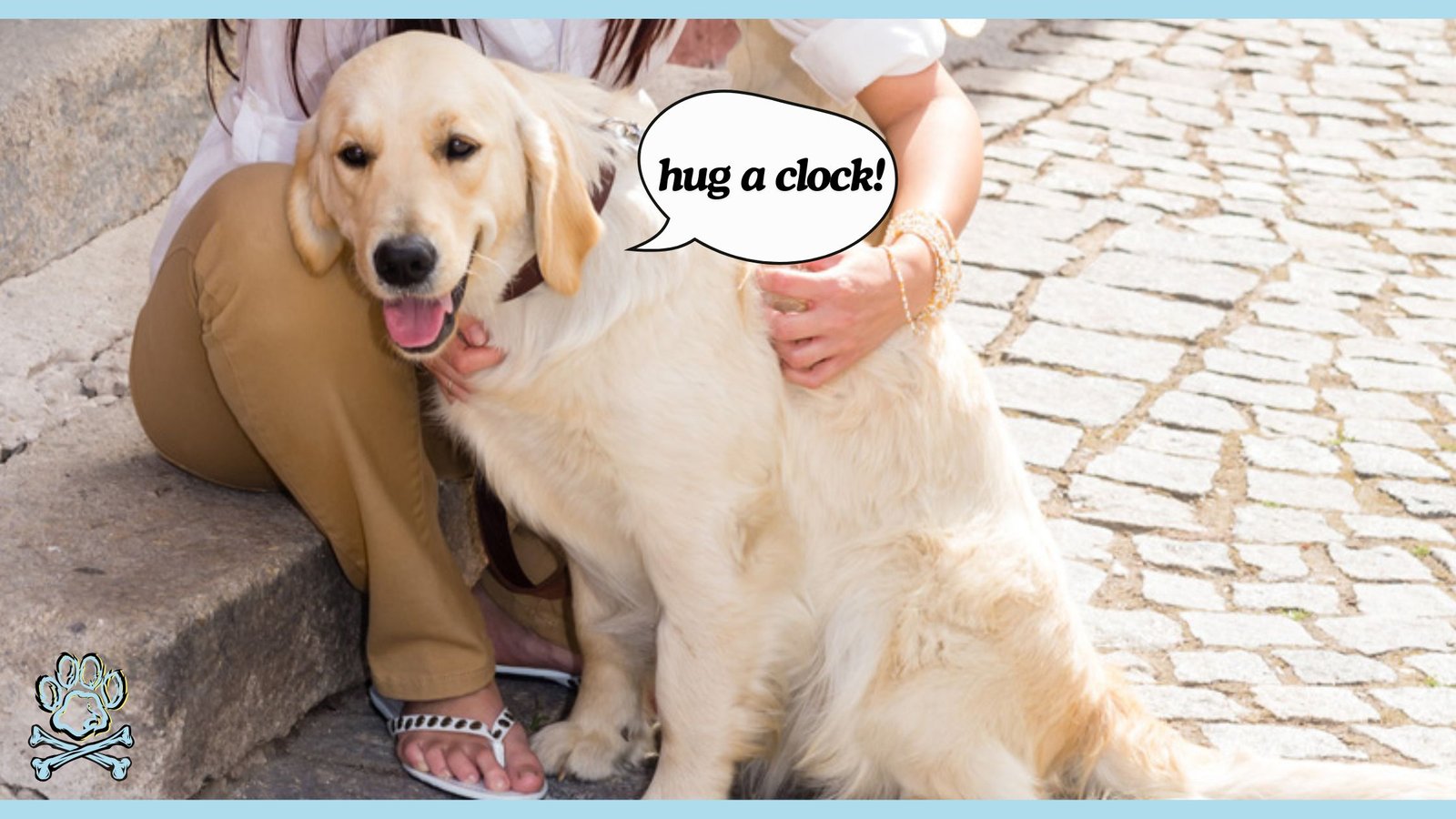
DECODE YOUR DOG’S BEHAVIOR: UNVEILING THE TRUTH BEHIND WHY DOGS LEAN ON PEOPLE
Are you ever confused by your furry friend’s habit of leaning against you? Understanding why dogs lean on people goes beyond just seeking physical touch. It’s actually a way for them to show their affection and strengthen the special bond between you and your canine companion.
In this eye-opening blog, we’ll unveil the real reasons behind this behavior. We’ll debunk the myth that leaning is about dominance. Instead, we’ll shine a light on the emotional intricacies driving your dog’s actions.
Uncover the social nature of dogs
Explore deeper as we dive into the connection between seeking attention, feeling vulnerable, and experiencing anxiety. You’ll gain practical insights for caring dog owners like yourself. Uncover the social nature of dogs and how they lean on people serves as a means of expressing their innate desire for companionship. Stay tuned for expert advice on managing leaning behavior.
You’ll receive tailored tips and solutions to effectively decode your dog’s behavior. Join us on this journey to decipher the subtle cues and meaningful gestures your beloved pet displays. This will pave the way for a stronger bond and better understanding of your furry companion. Unlock the secrets behind your dog’s behavior and forge an unbreakable connection based on trust and empathy.
Understanding Why Dogs Lean on People
Have you ever wondered why your furry friend leans against you? It’s a very common behavior among dogs. And it’s not just about seeking physical contact. Dogs lean on their people as a way to strengthen the canine-human bond. By leaning, they’re expressing their affection and showing how much they trust and feel comfortable around you.
Experts believe there are several reasons why dogs lean on their humans. One key reason is that leaning provides a sense of security and comfort for dogs. When they lean against you, they feel safe and protected, like you’re a steady, reassuring presence in their lives. This leaning behavior often stems from the close bond dogs share with their owners.
Additionally, leaning can be a way for dogs to seek attention and affection from their favorite humans. By pressing against you, they’re initiating physical contact and closeness. This satisfies their innate need for social interaction and companionship. It’s their way of saying, “I love spending time with you, and I want your focus on me.”
Sometimes Dogs Lean on People to Relax
For some dogs, to lean on people may also be a calming behavior that helps relieve anxiety or stress. The gentle pressure and warmth of leaning against their owner can have a soothing effect. When your dog leans against you, it shows they love and trust you deeply. They feel safe and secure with you nearby. Leaning is their way of giving you a gentle, furry hug. It’s a silent sign of the strong bond between you two.
Dogs also lean on people to get your attention and comfort. If they feel worried or unsure, they’ll lean on you for reassurance. It’s their way of saying, “I need you right now.” Leaning brings them closer to someone they trust and love. So, cherish those leaning moments with your pup. It’s a simple yet heartwarming display of the unconditional love you share. Your dog feels at home leaning against you. That small gesture holds so much meaning in your friendship.
🔑 Key Points: Dogs lean on their owners as an affectionate way to strengthen their bond. It shows they trust you and want your comfort and attention, especially if feeling anxious.
Debunking the Dominance Myth when dogs lean on people
Despite what some may think, your dog isn’t leaning on you to be dominant or show their high rank. That idea comes from outdated dominance theories that dog experts have disproven. Leaning has nothing to do with power or control over you.
Dogs are social, loving animals who crave companionship and affection from their humans. Leaning brings them closer and makes them feel connected and secure with you. It fulfils their need for closeness, not a desire to overpower you. Their leaning comes from a place of love, not dominance.
🔑 Key Points: Leaning isn’t a dominance behavior in dogs. It’s simply a natural, social way for them to feel bonded and comforted by their beloved owners.
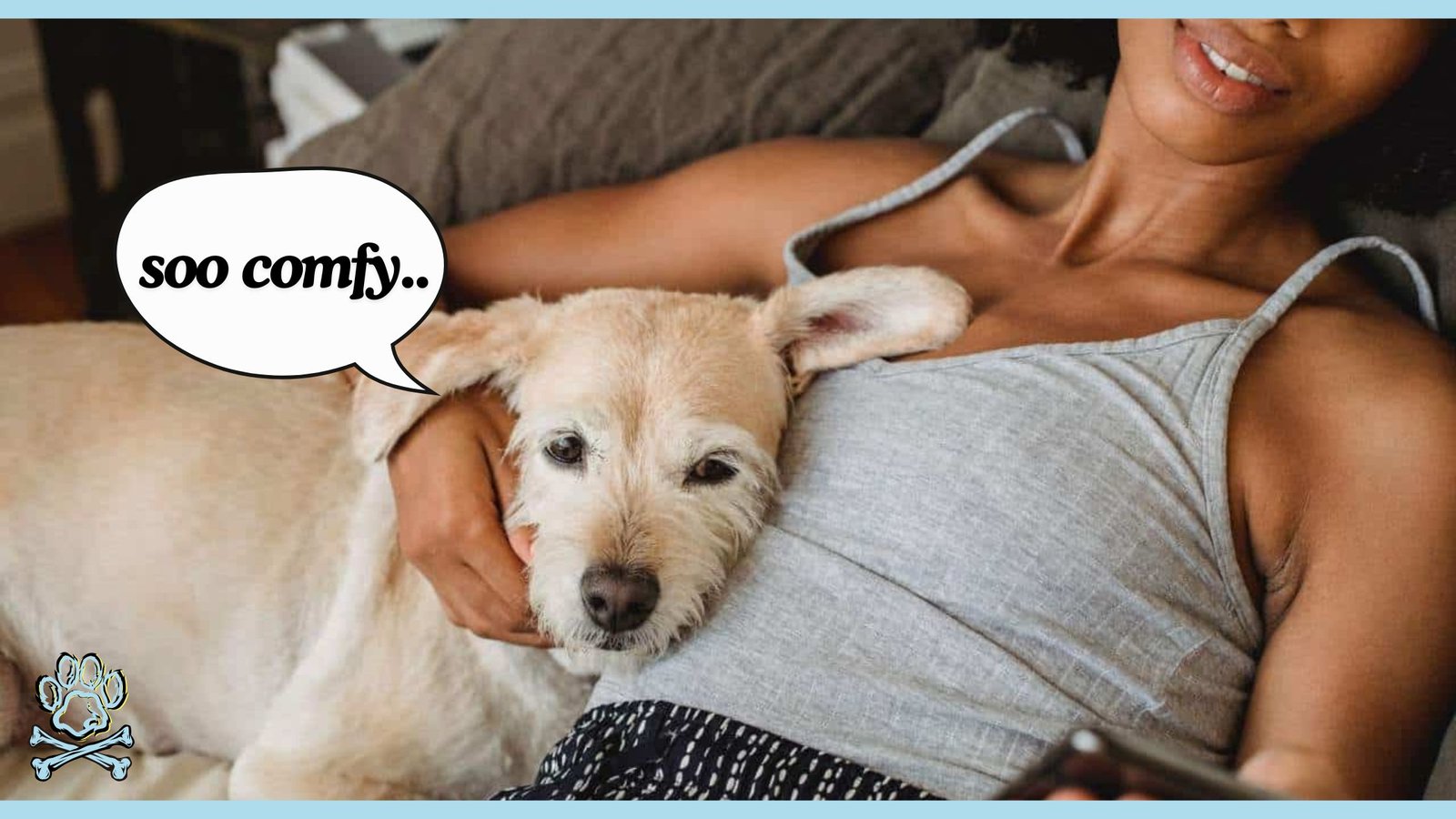
DOGS LEAN ON PEOPLE BEYOND SEEKING ATTENTION: THE AFFECTION AND ANXIETY CONNECTION
Dogs Lean on People for Affection and Closeness
When you notice your furry friend leaning against you, it’s often a sign of affection. They are seeking closeness and physical contact. This vulnerable body posture shows trust and love. Your dog is saying, “You are my world, and I want to be near you.” It’s a heartwarming gesture that strengthens your bond.
Dogs crave human companionship and thrive on affection. Leaning allows them to feel secure and loved. It’s their way of seeking reassurance. When your dog leans, they are communicating their need for your presence. They find comfort in your warmth and scent. It’s a tender moment shared between pet and owner.
Anxiety and Insecurity: Recognizing the Signs
Although leaning is usually a sign of affection, excessive clinging may indicate anxiety or insecurity. If your dog seems overly clingy and leans on you more than usual, it’s crucial to consider potential medical explanations or underlying fears. Consult your veterinarian to rule out any health issues and address any sources of stress.
Dogs often lean on their owners to seek comfort during times of stress or uncertainty. If your dog is feeling anxious, they may lean on you as a source of reassurance and safety. It’s essential to recognize these signs and provide the support they need.
For instance, if your dog leans on you during a thunderstorm or fireworks display, it’s likely they’re feeling scared and seeking comfort. In these situations, remain calm and offer your dog a safe space to retreat to, like a cozy bed or a quiet room. Provide reassurance and create a soothing environment.
Recognize If Dogs Lean On People From Affection Or Anxiety
By understanding the affection and anxiety connection behind leaning behavior, you can better support your dog’s emotional needs. Respond with patience and compassion, strengthening the bond between you and your furry companion.
- Leaning is often a dog’s way of showing affection and seeking closeness.
- Excessive leaning may indicate anxiety or insecurity, prompting a need for comfort.
- Consult your veterinarian if you notice changes in your dog’s behavior.
- Provide a safe space and reassurance during stressful situations.
- Understanding leaning behavior helps strengthen the bond with your dog.
🔑 Key Points: Leaning can be a sign of affection, anxiety, or a combination of both, and it’s crucial for dog owners to recognize and address their dog’s emotional needs accordingly.
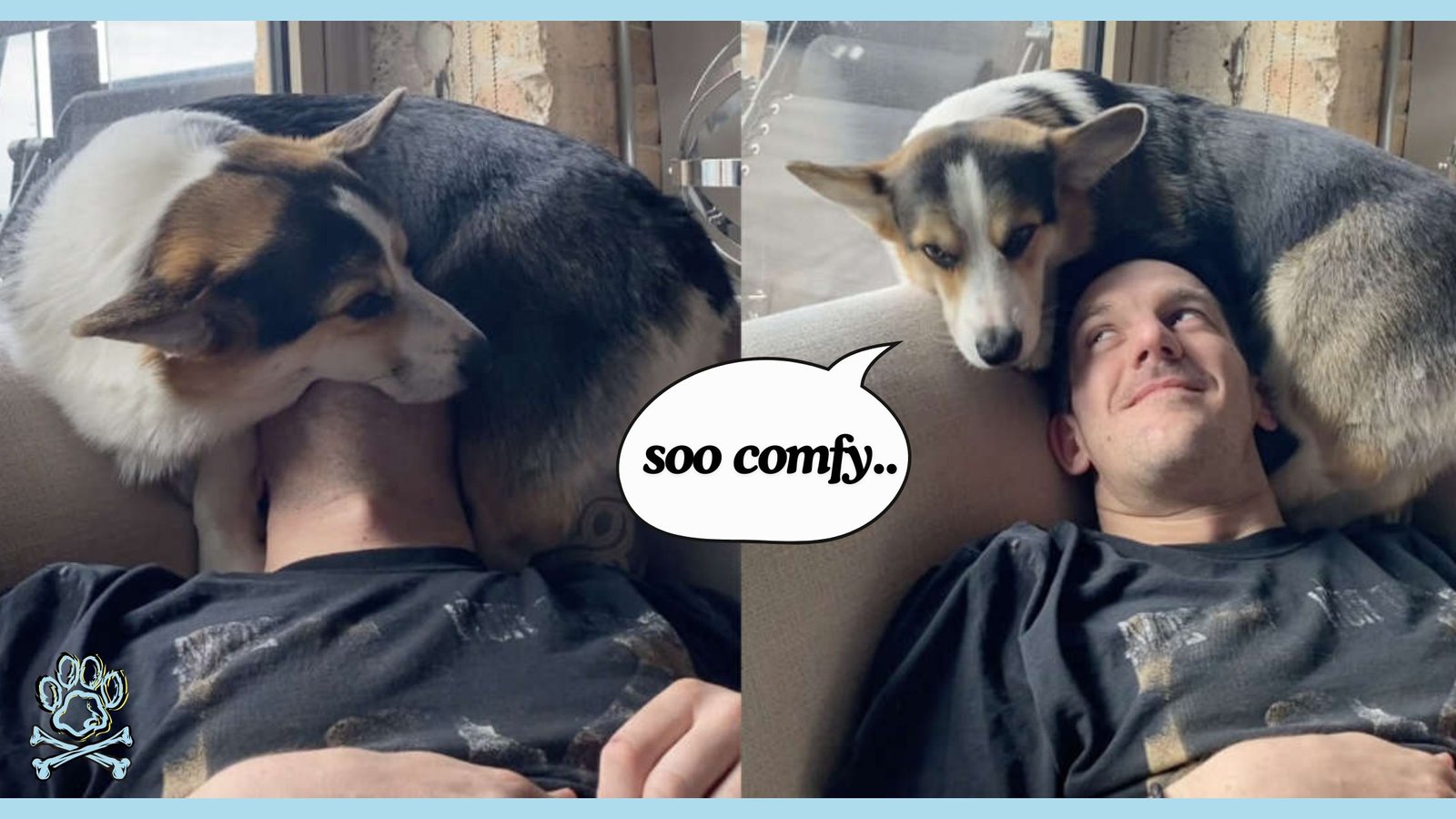
DOGS AND THEIR SOCIAL NATURE: THEY LEAN ON PEOPLE AS A SOCIAL BEHAVIOR
Dogs are highly social creatures, and leaning is just one of the many ways they express their desire for connection and companionship. As pack animals, dogs have a natural instinct to seek out physical contact with their social group, which includes their human family.
How to nurture your dog’s social nature
When dogs lean on their owners, they’re engaging in a social behavior that reinforces the bond between them. It’s a way for dogs to feel close to their “pack” and to communicate their trust and affection. By practicing benevolent dog training methods that focus on positive reinforcement and building a strong relationship, you can nurture your dog’s social nature and strengthen your role as their best friend and trusted companion.
🔑 Key Points: Leaning is a natural social behavior for dogs, and by fostering a positive relationship through benevolent training methods, owners can reinforce the bond with their canine companions.
Addressing Separation Anxiety: Insights and Solutions
For some dogs, excessive leaning and clinginess can be a sign of separation anxiety, a wide array of behavior problems that can cause significant distress for both dogs and their owners. If your dog becomes overly anxious or destructive when left alone, it’s important to seek help from a veterinary behaviorist or a certified professional dog trainer.
Separation anxiety in dogs can show itself through different behaviors. These may include excessive barking, destructive chewing, or even potty accidents inside the house. These behaviors often happen because the dog is scared of being away from their owners. Changes in routine or surroundings can trigger the anxiety.
How to help a dog with separation anxiety
To help a dog with separation anxiety, it’s important to slowly get them used to being alone. You also need to create a good link between being alone and positive things. This may involve using treats, toys, and lots of praise. The goal is to make alone time more enjoyable for your dog.
In severe cases, medication prescribed by a vet may be needed. The medication can help manage your dog’s anxiety while you work on changing their behavior. With patience, consistency, and help from an expert, it’s possible to help your dog overcome separation anxiety. Your dog can then enjoy a happier, more relaxed life.
🔑 Key Points: Excessive leaning and clinginess can be signs that your dog has separation anxiety. This is a serious behavior issue. To effectively address it, you need help from a veterinary behaviorist or certified professional dog trainer.
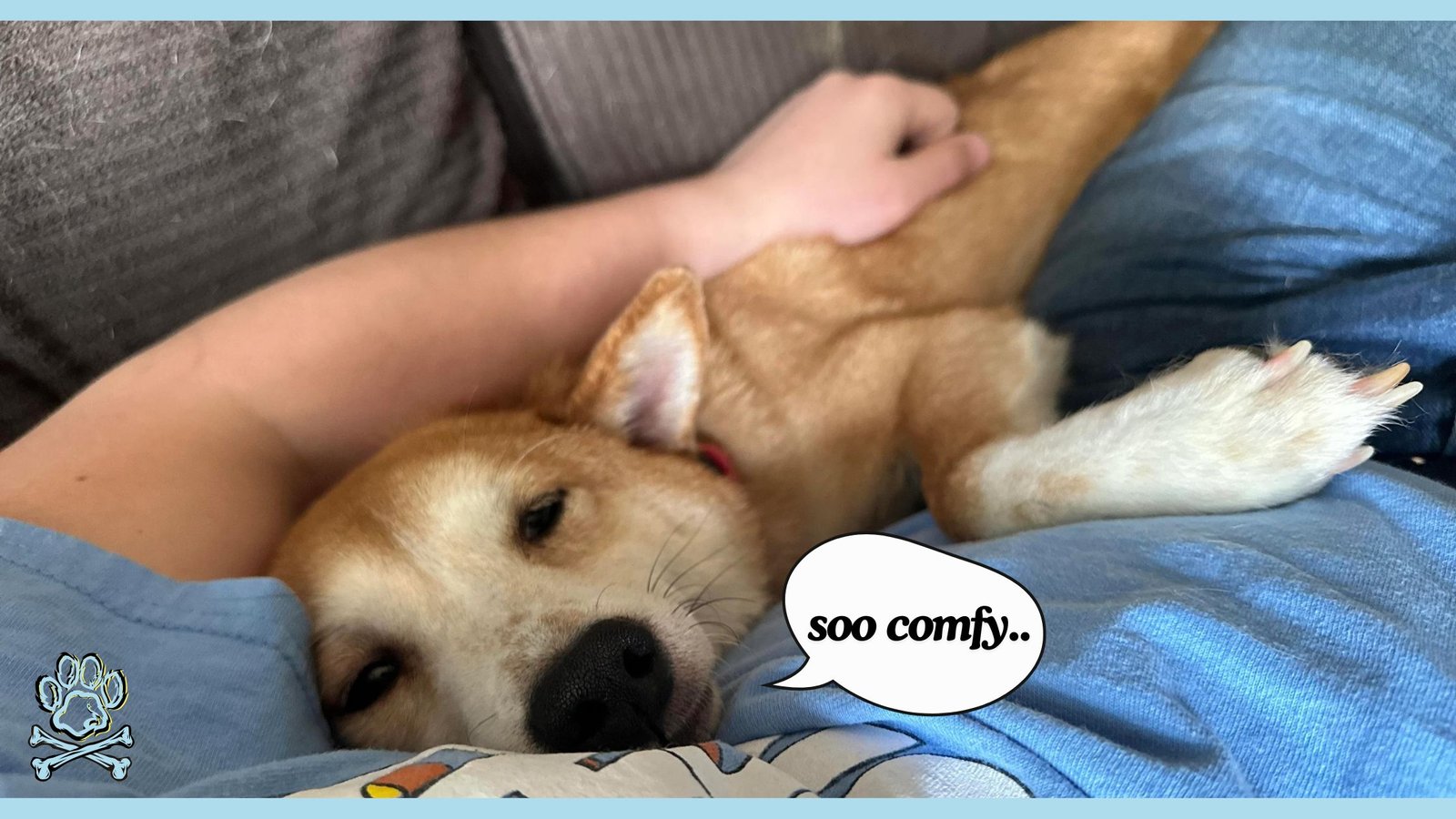
EXPERT ADVICE ON MANAGING LEANING BEHAVIOR
Practical Tips for Pet Owners
If your dog’s leaning behavior becomes excessive or problematic, there are practical tips you can follow. First, it’s crucial to set boundaries and teach your dog that leaning isn’t always okay. You can do this by gently moving away or redirecting your dog’s attention when they lean on you too much.
Provide your dog with plenty of physical and mental exercise. A tired dog is less likely to engage in demanding behaviors like excessive leaning. Make sure your dog gets regular walks, playtime, and interactive toys to keep their mind and body active.
Consistency is key when addressing leaning behavior. All family members should enforce the same rules and boundaries. This will help your dog understand what is and isn’t acceptable behavior. Positive reinforcement techniques, like rewarding your dog when they sit or lie down calmly, can also be effective.
If the leaning persists despite your efforts, consider seeking help from a professional dog trainer or behaviorist. They can assess the root cause of the behavior and provide tailored guidance on managing it effectively. Addressing excessive leaning early can prevent it from becoming an ingrained habit.
Building Independence and Confidence
Ultimately, the goal is to help your dog develop independence and confidence. This can reduce their need for constant physical contact and attention. Positive reinforcement training is a beneficial technique to encourage desirable behaviors.
For example, you can teach your dog to sit or lie down instead of leaning. When they follow the command, reward them with treats and praise. This positive approach helps reinforce good habits.
Providing mental stimulation and sufficient physical exercise is crucial. A mentally engaged and physically tired dog is less likely to seek attention through undesired behaviors like leaning. Ensuring they receive adequate mental and physical activity can help reduce unwanted conduct.
When to Seek Professional Help when your dogs lean on people from different reasons?
If your dog’s leaning behavior stems from anxiety or disrupts daily life, it’s advisable to consult a certified dog trainer or veterinary behaviorist. These experts offer personalized guidance, helping you develop strategies to address underlying behavioral issues.
🔑 Key Points: Managing excessive leaning involves setting clear boundaries, using positive reinforcement training methods, providing mental stimulation and physical exercise, and seeking professional assistance when necessary.

DECIPHERING OTHER COMMON DOG BEHAVIORS EXPLAINED BY EXPERTS
Why Dogs Howl and What It Means
Apart from leaning, howling is another common canine behavior that puzzles owners. Dogs may howl to communicate with other dogs, express emotions like loneliness or excitement, or respond to high-pitched sounds. Understanding the context helps interpret the meaning behind your dog’s howling.
The Significance of Physical Contact for Dogs explain why they lean on people
Physical contact holds great importance for dogs. It allows them to bond, express affection, and seek comfort. Cuddling, leaning, and other forms of physical touch help dogs feel secure and content. However, excessive leaning may indicate underlying issues like attention seeking or anxiety.
To address leaning behavior, establish clear boundaries through consistent training and provide ample opportunities for appropriate physical contact during playtime or cuddle sessions. By meeting their needs for attention and affection, you can reduce the urge for excessive leaning.
Physical touch, like leaning, plays a crucial role in deepening the bond between you and your dog. Dogs are tactile beings who crave touch and closeness with their owners. Gentle petting, cuddling, and even massage sessions can help strengthen your relationship. They promote a sense of calm and well-being in your furry friend.
From leaning and howling to other common canine behaviors, understanding what motivates your dog’s actions is key. Being an informed, attentive owner fosters a deeper, more meaningful connection with your four-legged companion. Seek expert advice when needed to better comprehend and nurture this special bond.
🔑 Key Points: Howling and physical contact offer valuable insights into your dog’s emotional state. Recognizing and responding to these behaviors appropriately can deepen the canine-human bond you share.
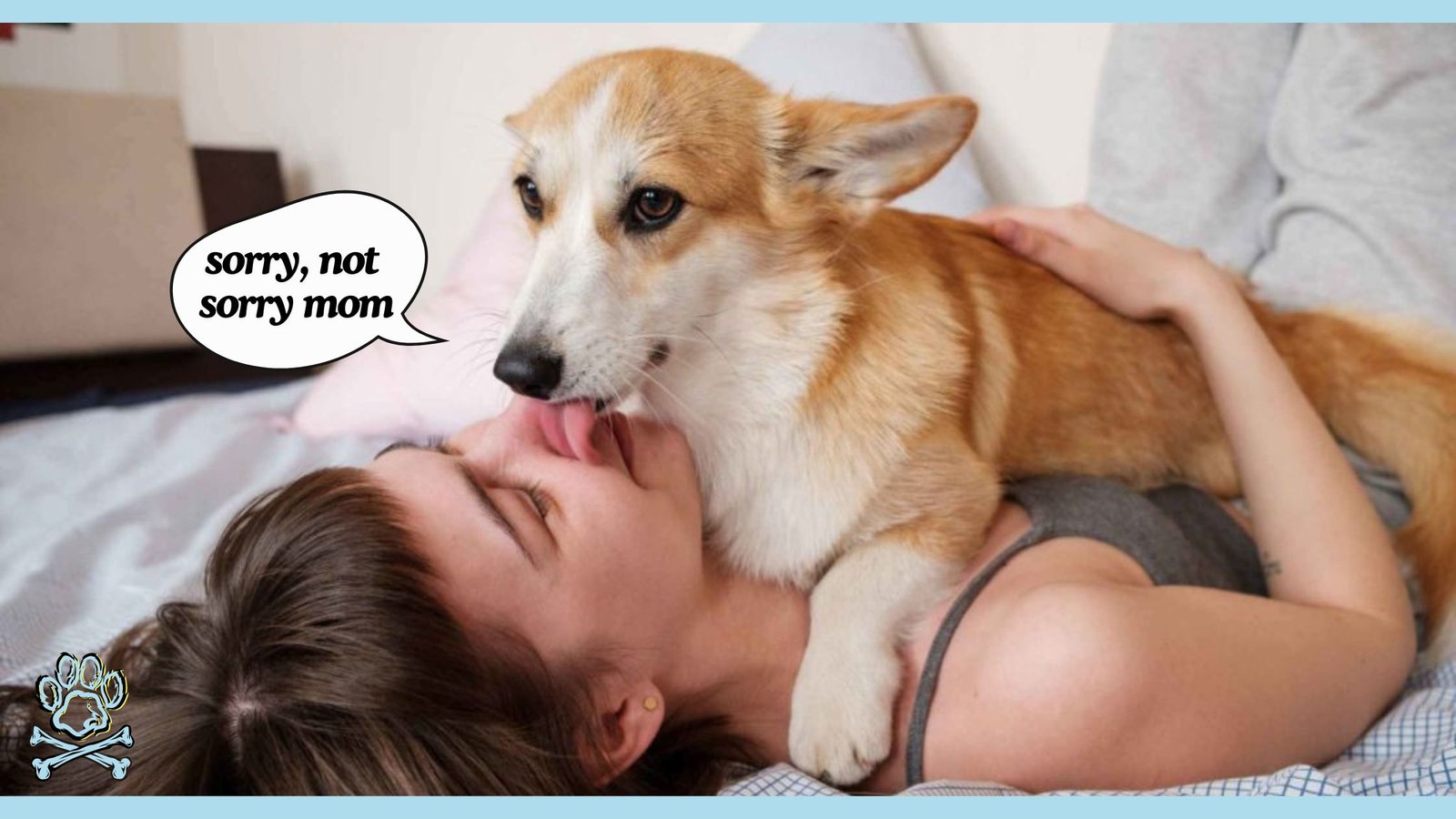
THE ROLE OF VETERINARIANS AND BEHAVIORAL EXPERTS IN UNDERSTANDING DOG BEHAVIOR
Insights from the Dream Team of Top Veterinary Behaviorists
When it comes to deciphering canine behavior, seeking guidance from experts is crucial. The dream team of top veterinary behaviorists, like Dr. Nicholas H. Dodman from Tufts Cummings School of Veterinary Medicine and renowned veterinary contributor Dr. Marty Becker, have dedicated their careers to this field. They provide invaluable insights into the complexities of dog behavior.
These experts have shared their knowledge on popular platforms such as Good Morning America and The Dr. Oz Show. They’ve helped countless pet owners across the nation better understand and address their dogs’ needs. By staying updated with the latest research and findings from these leading experts, you ensure you’re providing your furry friend with the best possible care and understanding.
Why Trust the Experts? Credibility in the dog Behavior Field
When it comes to your dog’s well-being, you want advice from trustworthy sources. Veterinary behaviorists and certified dog trainers have the expertise to guide you. These professionals undergo rigorous training to become canine behavior specialists.
Many holds prestigious positions like President of the American Veterinary Medical Association. Their extensive knowledge and credibility make them valuable resources for pet owners.
🔑 Key Points: Veterinarians and behavioral experts deeply understand canine behavior. Their guidance can effectively address your dog’s issues and improve their well-being.
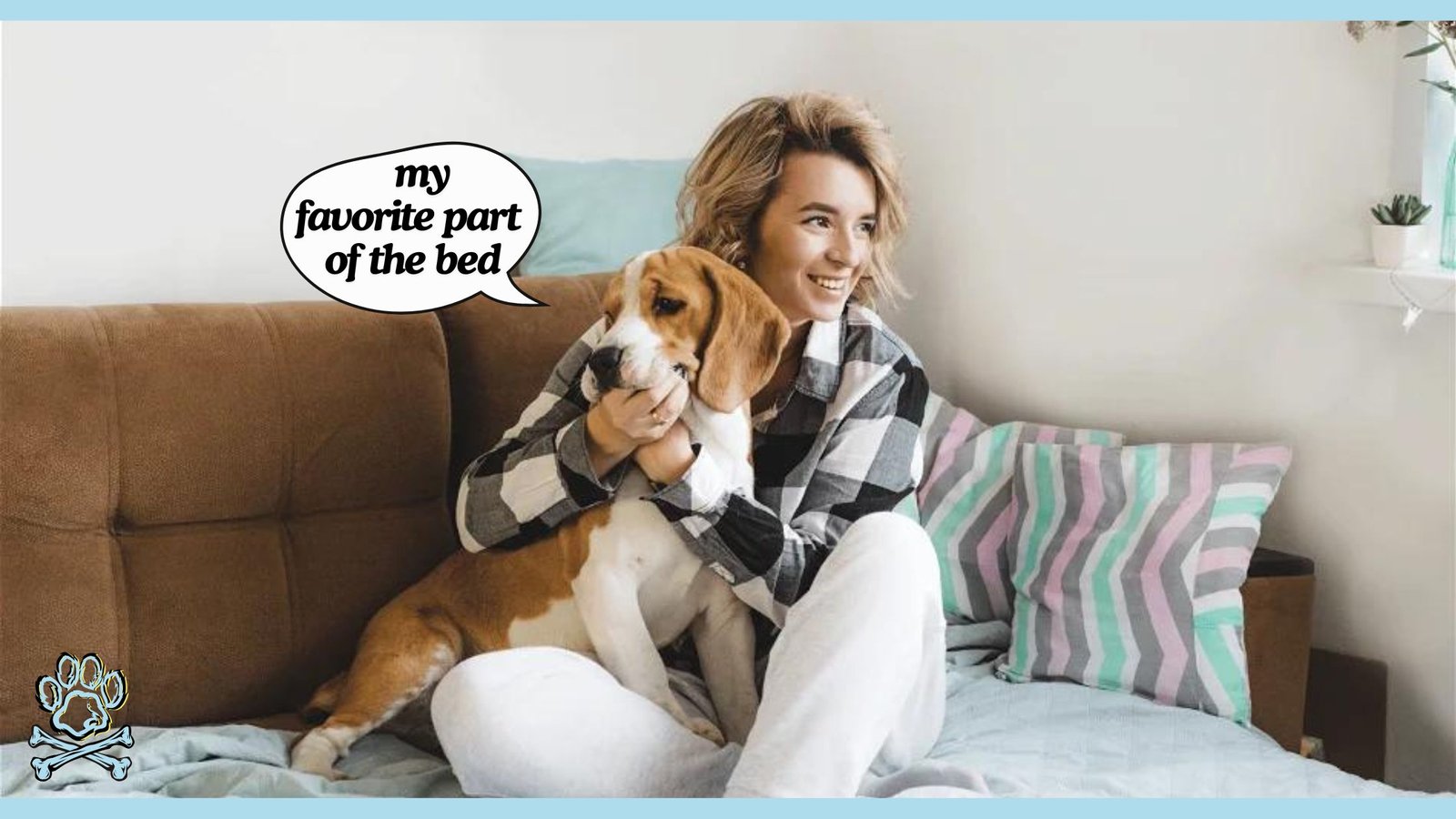
HANDLING MISCONCEPTIONS ABOUT DOG TRAINING TECHNIQUES
Benevolent Dog Training Methods: A Closer Look
Addressing your dog’s behavioral problems requires veterinary-approved, positive training methods. Benevolent dog training focuses on reinforcing good behaviors and building a trusting bond between you and your furry friend.
This approach, advocated by trainers like Devan Amundsen and Valerie Balwanz, uses positive reinforcement. Rewards and praise encourage desired behaviors, creating a well-balanced, happy dog.
Science-backed methods like these can help overcome behavioral issues and strengthen your companionship. It’s crucial to avoid techniques involving intimidation or fear, as they can damage your relationship and worsen problems.
Instead, seek guidance from certified professionals prioritizing your dog’s well-being. Humane, effective training methods foster a healthy bond and positive behavioral changes.
🔑 Key Points: Using positive reinforcement builds trust with your dog. It’s the kindest way to fix behavior issues and have a happy pup.
A Brief Summary about Why Dogs Lean on People
Dogs leaning on us means more than just physical contact. It shows their love and social needs. Debunking dominance myths helps us understand affection vs. anxiety. Signs of separation anxiety need expert help to strengthen the dog-human bond.
Kind training methods work best. Positive reinforcement and trust-building create well-balanced, happy dogs.
Follow these tips:
- Give treats when your dog leans gently, not forcefully.
- Teach “lean” as a trick, rewarding wanted leaning.
- Make sure your dog gets enough playtime and exercise.
- Keep enforcing commands with positive reinforcement.
Remember, leaning shows your dog wants closeness and comfort from you. As a caring owner, understand this body language. Strengthen your bond through trust and love. With expert advice, implement the best training methods. Watch your friendship with your furry pal blossom.
Thank you for learning about your dog’s behavior. May this bring you and your pup closer than ever. A strong understanding leads to a harmonious relationship.
